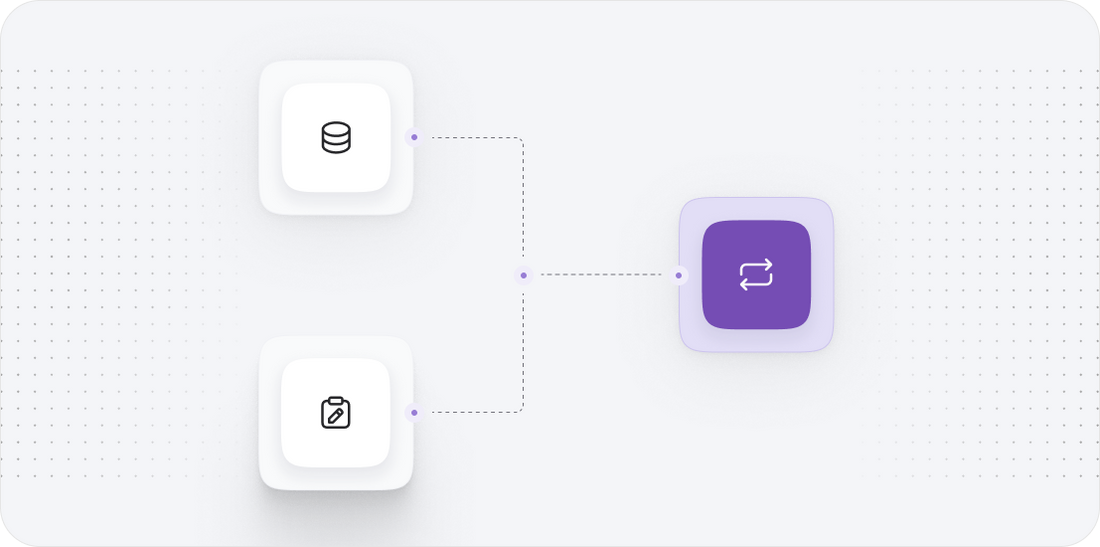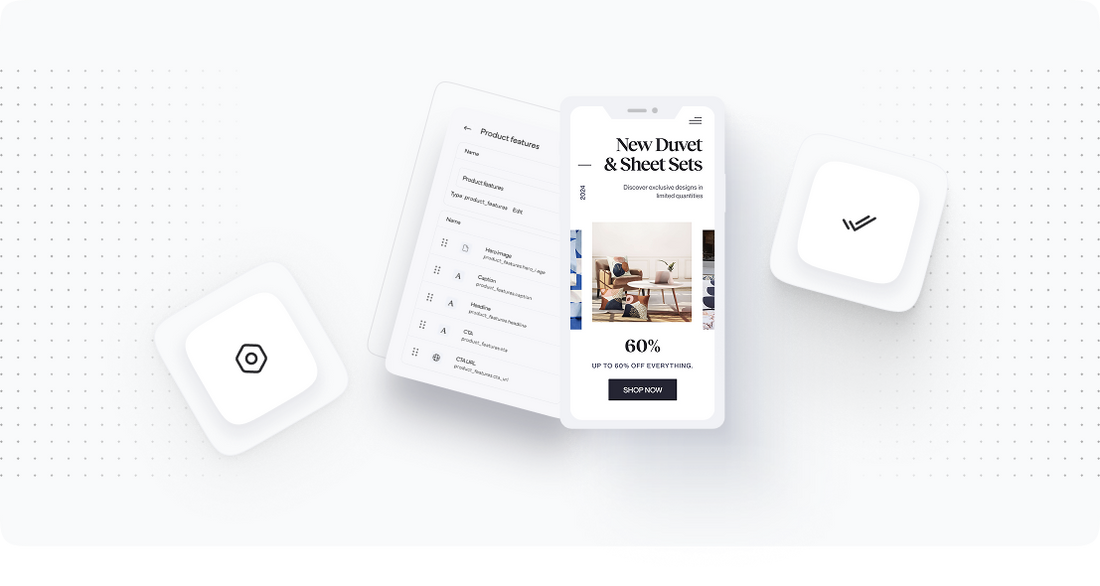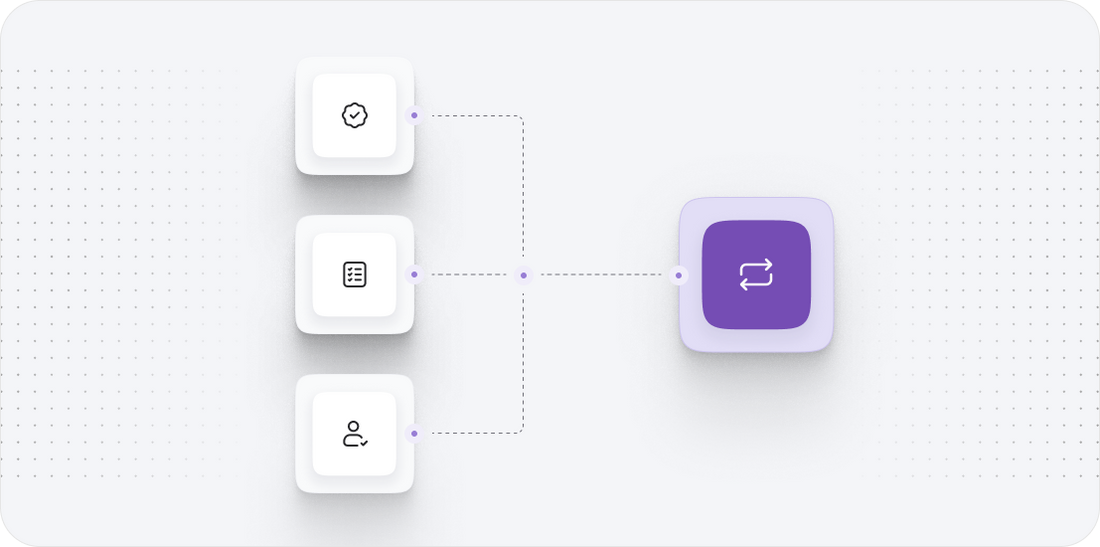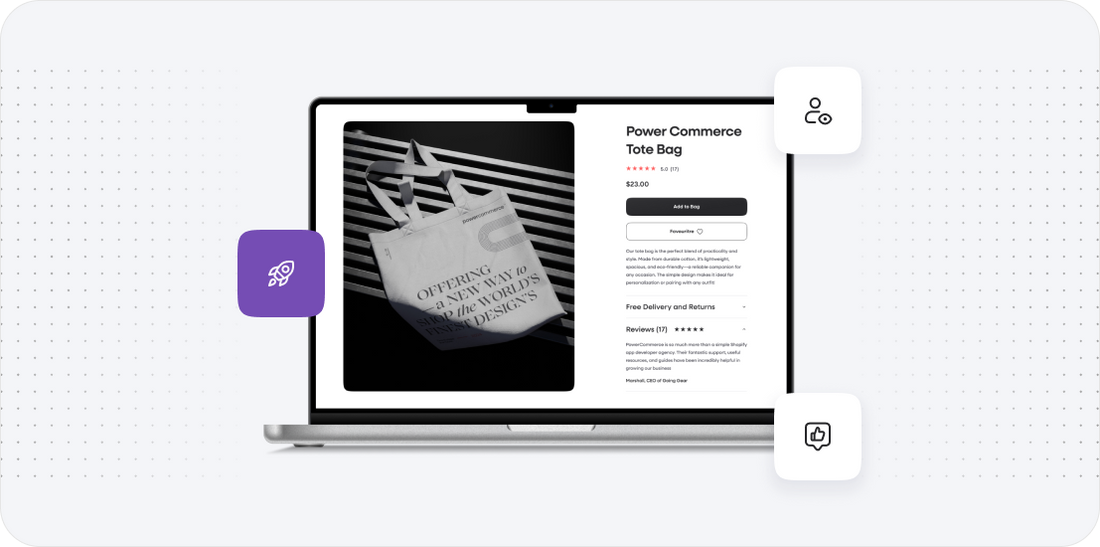





Webflow to Shopify
Migrating your store from Webflow to Shopify might seem daunting, but with proper planning and the right tools, it's a smooth process. Follow this step-by-step guide to ensure a successful transition.
Schedule a call
Step-by-Step Migration Guide: Webflow to Shopify Migration Guide
Step 1: Prepare Your Webflow Site for Migration
In this initial step, we focus on preparing your Webflow site for migration by backing up your data and ensuring all necessary elements are ready for transfer.
Step 2: Export Data from Webflow
This step involves exporting your data from Webflow, including products, customers, and orders, to ensure all necessary information is captured for the migration.
Step 3: Setting Up Your Shopify Store
In this step, we establish your new Shopify store, configure essential settings, and prepare it to receive data from Webflow.
Step 4: Import Data into Shopify
This step focuses on importing your previously exported Webflow data into Shopify, ensuring all products, customers, and orders are accurately transferred.
Step 5: Verify and Optimize Your Shopify Store
In this step, we verify the data imported into Shopify and optimize your new store for performance and user experience.
Step 6: Test Your Shopify Store
Before launching, we conduct thorough testing of your Shopify store to ensure all functionalities work as intended and the user experience is flawless.
Step 7: Launch Your Shopify Store
In the final migration step, we launch your Shopify store, making it live for customers and ensuring all systems are operational.
Power Your Step - Get in Touch
Ready to migrate your ecommerce store? Contact PowerCommerce for expert support in your Webflow to Shopify migration.
Step 1: Prepare Your Webflow Site for Migration
To initiate a successful migration from Webflow to Shopify, we must first prepare your Webflow site. This crucial step ensures that all necessary data is backed up and that we minimize any risk of data loss or downtime during the transition. We recommend taking a comprehensive backup of your Webflow site, which includes not only your product data but also any custom designs and configurations you've made over time.
The primary goal here is to secure all your existing content, including product details, customer data, order history, and any associated media such as images and videos. By doing so, we can ensure a seamless transition to Shopify, where your store can continue to grow without losing vital information.
- Backup Your Data: Use the following methods to back up your Webflow data:
Export your CMS Collections:Go to your Webflow dashboard, select your project, and from the Collections tab, export your collections as a CSV file. This includes products, categories, and blog posts.Download assets:Navigate to the Assets panel and download all images and files to ensure you have a complete copy of your media.- Export Site Code: Although not directly necessary for Shopify, exporting your site's code can be useful for reference. Use the Export Code option in Webflow to download your HTML, CSS, and JavaScript files.
By completing these backup tasks, we create a safety net that protects your data during the migration process. Additionally, it’s essential to review your current Webflow setup to identify any custom fields or unique configurations that may need special attention during migration.

Step 2: Export Data from Webflow
After securing a backup of your Webflow site, we move on to the critical task of exporting your data. This step is vital as it prepares the data for import into Shopify. The exported data will include products, orders, customers, and any additional information you would like to carry over. We will ensure that all relevant data is accurately captured and formatted correctly for Shopify's import requirements.
To effectively export your data from Webflow:
- Access the CMS Collections: Navigate to the CMS Collections in your Webflow dashboard. Here, you will find all the content types you can export, including products, categories, and blog posts.
- Export Collections: For each collection, click on the settings gear icon and select Export. This action will download the data as a CSV file. Ensure you do this for all relevant collections to capture complete data.
- Export Customer Data: If you have customer data stored in Webflow, ensure you collect it. Depending on how you've set up your customer interactions, this may require manual export of data fields or using third-party integrations to streamline the process.
- Review and Clean the Data: Open the exported CSV files and review the content. Look for any inconsistencies or data that may need cleaning, such as formatting issues or incomplete fields. This step is crucial for ensuring that the data transfer to Shopify goes smoothly.
Once the data is exported and cleaned, we can proceed to the next stage of the migration process, which involves preparing to import this data into Shopify.

Step 3: Setting Up Your Shopify Store
With your Webflow data exported, it's time to set up your new Shopify store. This step involves creating your Shopify account, configuring essential settings, and preparing the store for data import. We aim to create a robust and scalable environment that aligns with your business goals.
To set up your Shopify store, follow these steps:
- Sign Up for Shopify: Go to the Shopify website and create an account. Follow the prompts to enter your business information, including store name, address, and contact details.
- Choose a Plan: Select a pricing plan that suits your business needs. Shopify offers various plans, so consider your budget and expected growth when making your choice.
- Configure Basic Settings: In the Shopify admin dashboard, go to Settings and configure the following:
- General Settings: Set your store name, email, and address.
- Payment Providers: Set up payment gateways to accept payments from customers. Shopify supports various payment methods.
- Shipping Settings: Configure shipping zones and rates based on your business model. Ensure you consider both domestic and international shipping.
- Install Required Apps: Depending on your business needs, install essential apps from the Shopify App Store for enhanced functionality, such as email marketing, SEO optimization, and analytics.
Once your Shopify store is set up and configured, we can proceed to import the data exported from Webflow, ensuring that your products, customers, and other vital information are accurately transferred.

Step 4: Import Data into Shopify
With a fully set up Shopify store, we can now import the data exported from Webflow. This step is critical to ensure that all relevant information is accurately transferred, allowing you to hit the ground running with your new store.
The import process involves the following steps:
- Access the Import Function: In your Shopify admin dashboard, navigate to the Products section and select Import. This will allow you to upload your CSV files from Webflow.
- Upload CSV Files: Choose the exported CSV files from Webflow that contain your product, customer, and order data. Shopify will automatically map the fields from your CSV to the appropriate fields in Shopify.
- Check Data Mapping: Review the data mapping to ensure that all fields align correctly. This includes checking product names, descriptions, prices, and images. If there are discrepancies, make necessary adjustments in the CSV files before proceeding.
- Import Data: Once you confirm that everything is mapped correctly, initiate the import process. Depending on the size of the dataset, this process may take some time. Shopify will notify you once the import is complete.
After the data is imported, it's essential to verify that everything has been transferred correctly. We’ll conduct a thorough review of products, customers, and orders to ensure accuracy.

Step 5: Verify and Optimize Your Shopify Store
Upon completing the data import, we must thoroughly verify the accuracy of the information transferred from Webflow to Shopify. This step is crucial for ensuring that your new store operates seamlessly and provides a positive experience for your customers.
To verify and optimize your Shopify store, follow these procedures:
- Review Product Listings: Check each product listing to ensure that all details, including names, descriptions, images, and prices, are accurate. Pay special attention to variants, tags, and SEO settings.
- Customer Accounts: Verify that customer accounts have been properly imported. Check that customer details are complete and that they can access their accounts without issues.
- Order History: Review the order history to ensure that all past orders have been accurately transferred. This is particularly important for returning customers.
- Optimize Store Performance: Utilize Shopify’s built-in performance tools to optimize site speed. This may include compressing images, reducing the size of CSS/JS files, and leveraging browser caching.
- Set Up Redirects: If your URL structure has changed, ensure that you set up 301 redirects to guide users from old URLs to new ones, preserving SEO rankings and user experience.
By verifying and optimizing your store, we ensure that you provide a seamless shopping experience for your customers while maintaining your brand integrity.

Step 6: Test Your Shopify Store
Before officially launching your new Shopify store, it is imperative to conduct extensive testing. This testing phase helps identify any issues or bugs that could affect the user experience and ensures that all functionalities operate as expected.
To effectively test your store, we will follow these steps:
- Test User Experience: Navigate through your store as a customer would. Test the shopping experience from product selection to checkout, ensuring that everything is intuitive and user-friendly.
- Check Payment Processing: Simulate transactions using test payment methods to ensure that payments are processed correctly. Verify that customers receive confirmation emails after purchases.
- Review Shipping Options: Test your shipping settings to ensure that shipping rates are calculated correctly and that customers can select their preferred shipping methods.
- Verify Mobile Responsiveness: Check that your store is fully responsive on mobile devices. Given the increase in mobile shopping, it’s crucial that the mobile experience is seamless.
- Conduct Load Testing: Use load testing tools to simulate traffic and ensure that your store can handle high volumes of visitors without performance drops.
Completing this testing phase ensures that your store is ready for launch, providing a smooth experience for your customers right from the start.

Step 7: Launch Your Shopify Store
Having completed all previous steps, we are now ready to launch your Shopify store! This moment marks the culmination of our migration efforts, and it’s essential to ensure that everything runs smoothly as we transition from Webflow to Shopify.
Follow these steps for a successful launch:
- Remove Password Protection: If your Shopify store is password-protected, go to Settings > Online Store and remove the password. This action will allow customers to access your store.
- Announce Your Launch: Use your marketing channels--such as email newsletters, social media, and your existing customer database--to announce the launch of your new store. Highlight the benefits and any new features introduced with Shopify.
- Monitor Store Performance: After launching, closely monitor your store's performance for the first few days. Check for any issues or feedback from customers and be ready to make adjustments as needed.
- Implement Marketing Strategies: Start implementing your marketing strategies to drive traffic to your new store. Consider using paid ads, SEO, and social media marketing to promote your new platform effectively.
By executing these steps, we ensure that your Shopify store not only launches successfully but also begins attracting customers immediately. This launch opens up new avenues for growth and engagement with your audience.

Power Your Step - Get in Touch
Are you ready to take the next step in your ecommerce journey? At PowerCommerce, we specialize in seamless migrations from Webflow to Shopify, ensuring that your transition is smooth and efficient. Our dedicated team of experts is here to assist you every step of the way, providing tailored solutions that meet your unique business needs.
To get in touch with us, follow these simple steps:
- Visit our contact page to fill out our inquiry form.
- Call us directly at 800-099-9090 for immediate assistance.
- Email us at info@powercommerce.com for detailed inquiries or to schedule a consultation.
Don’t wait--empower your ecommerce success today with the help of PowerCommerce!
Stay aligned on what's happening in the commerce world
Trusted by 1000+ innovative companies worldwide
Schedule Your Migration Today
For businesses prioritizing simplicity, scalability, and robust support, Shopify is the clear winner.
Looking to migrate without hassle? Power Commerce can handle the entire process, ensuring smooth data transfer, store setup, and post-launch success.
Marka Marulića 2, Sarajevo, 71000 BiH
00387 60 345 5801
info@powercommerce.com


